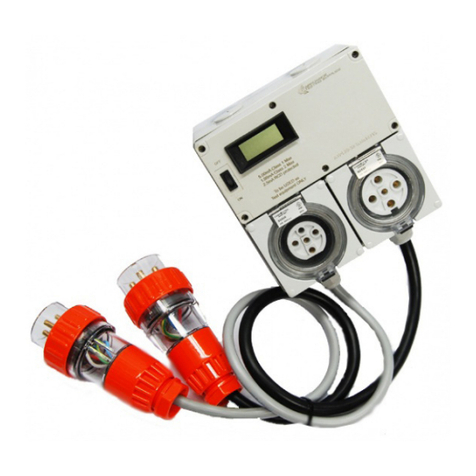EXLs3
Miniature Wireless Inertial Measurement Unit
1. GENERAL DESCRIPTION
The EXLs3 is a miniaturized electronic device with the function of real-time Inertial Measurement Unit
(IMU).
It features a complete MEMS sensor set, which is composed of a tri-axial accelerometer, gyroscope
and compass, a 32-bit Cortex microprocessor for data processing and a Bluetooth radio to send real-
time data.
The unit can be used for real-time motion measurement and transmission in particular in the medical field
as a wearable device for biomechanical analysis, such as posture assessment, rehabilitation, gait
monitoring, joints’ functionality analysis, activity monitoring, etc.
The Bluetooth™ radio allows easy interfacing to a wide range of devices (PC, Tablets, Smartphones)
without the need of additional hardware so that data can be transmitted wirelessly up to 10 meters.
The unit is also equipped with an embedded 1 GB flash drive which allows data logging to CSV files
and USB interface for file transfer.
The on board 32-bit CPU provide algorithms for orientation estimation with Kalman filtering in order to
give high quality measurement.
The integrated rechargeable Litium battery allows continuous data acquisition and streaming up to 3
hours and can be recharged by means of a dedicated docking station.
2. FEATURES
Module size 54 mm x 33 mm x 14 mm
Module weight 22 g
32-bit MCU, Cortex-M3 @72 MHz
3-axis accelerometer with selectable full-scale range (±2 / ±4 / ±8 / ±16 g).
3-axis gyroscope with selectable full-scale range (±250 / ±500 / ±1000 / ±2000 dps)
3-axis magnetometer
Orientation estimation with Kalman filtering and quaternion output.
Sampling rate up to 200 Hz for raw data and 100 Hz for orientation data.
Various data packet format available
Bluetooth™ 2.1 class 1.
Up to 7 nodes at the same time can stream data to the same host.
1GB Flash Memory (USB Mass Storage) for data storage
Docking station with micro-USB connector for battery recharging and log-file downloading.
Battery operating time 3h
Firmware upgradable by means of bluetooth connection.




























